The Perennial Home of Nichiren Buddhism
From a distance the 1,153 metres high Mount Minobusan looks rather innocuous, however belying its mild exterior is the head temple of the Nichiren Shu order of Buddhism. In short Nichiren Shu is an offshoot of Mahayana Buddhism which has been practiced in Japan since the 5th century CE. It is based on the teachings of the 13th century Japanese monk Nichiren and is one of four popular schools of Buddhism in Japan. The Soka Gakkai with its political arm the New Komeito party is a recent iteration of this religious movement.
Apart from the immaculately kept grounds the Kuonji Temple complex has a few noteworthy places of interest. The first which you’ll nodoubt run into if coming by public transport are the Bodaitei steps – all 287 of them which is said to fill you with enlightenment upon reaching the top. These steps constructed during the mid-17th are a substantial feat of landscape architecture. Access into the many temple buildings is free and worth checking out is an elaborate 81 square metre rendition of an ink dragon embellished with gold leaf on the ceiling of the main hall. It’s also possible to take a 7-minute cable car ride (1,400 yen return) up the Minobusan Ropeway to the summit with good views of Mt. Fuji. Alternatively, there are two hiking trails: a west course (3 hours) and an east course (2.5 hours) which climb up their respective flanks of the mountain.
Access: From Minobu Station (JR Minobu Line) take a 12 minute ride bus bound for Mt. Minobusan. Open year round 8:40 until 16:40.
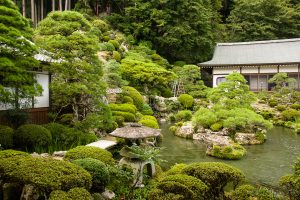
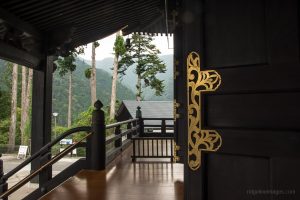
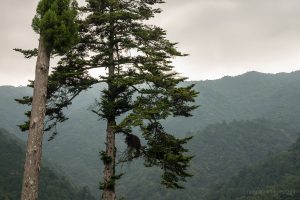
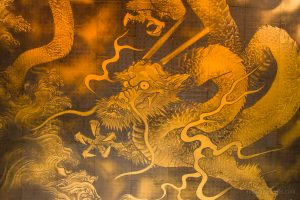
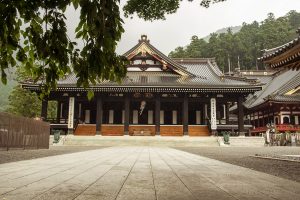
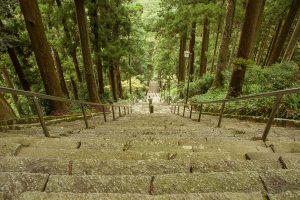
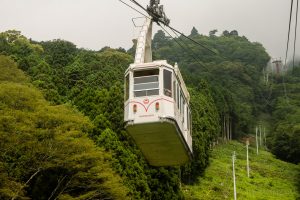
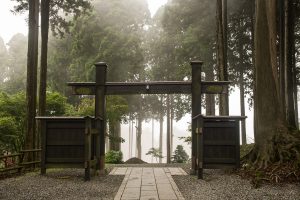
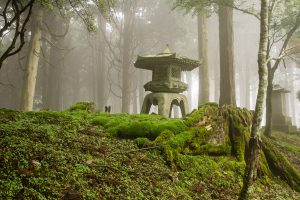
.
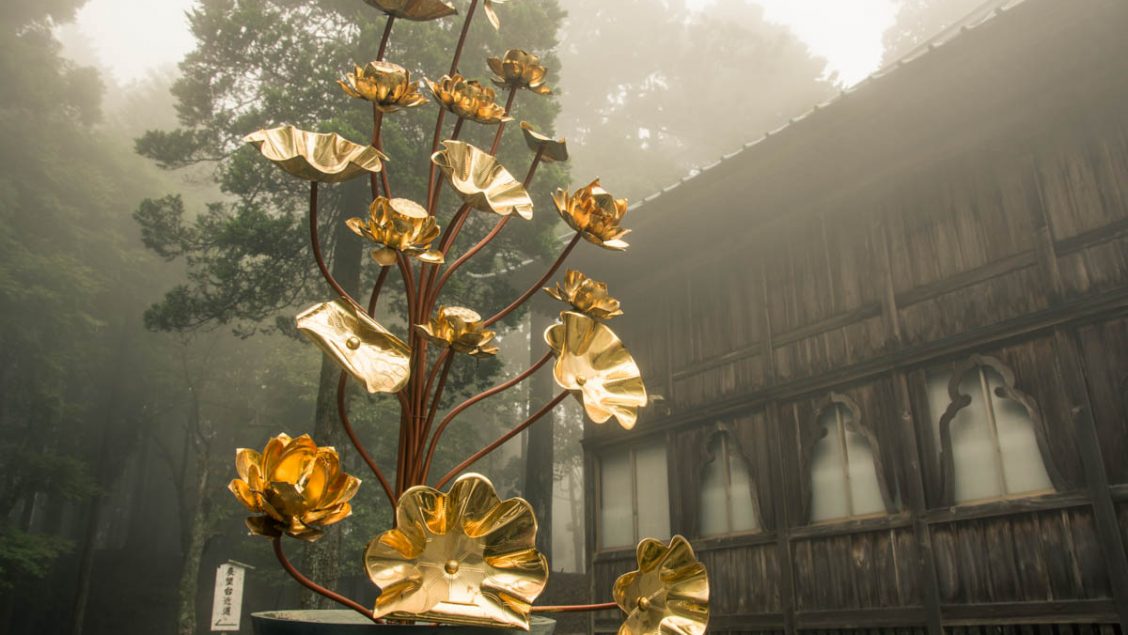
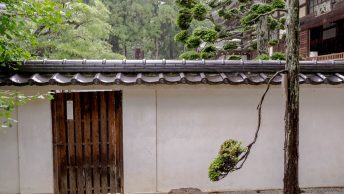
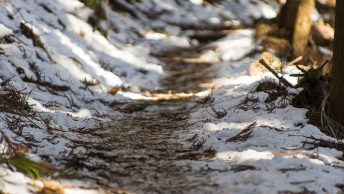
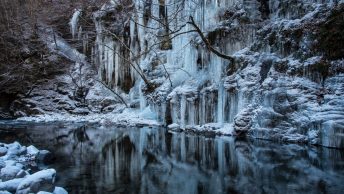
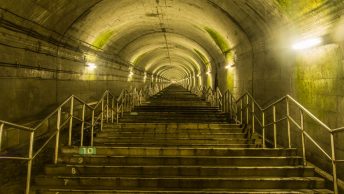
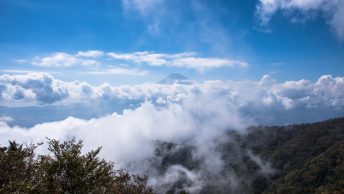
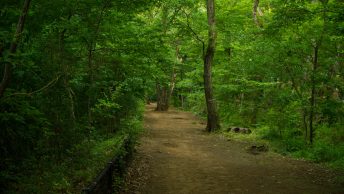
Really beautiful pictures! The place seems to have spiritual power.
Thanking you kindly 🙂 The temple grounds are quite serene and it’s a wonderful spot to enjoy some quiet contemplation.